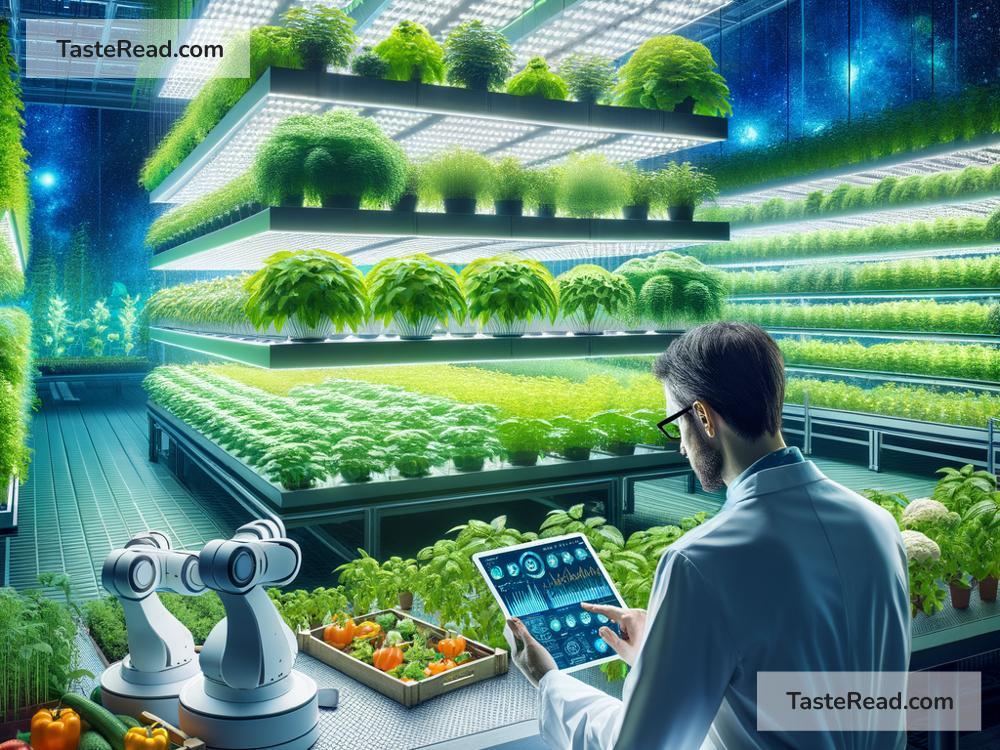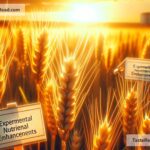The Future of Carbon-Neutral Food Production: A Greener Path to Feeding the World
The way we produce food today plays a big role in climate change. Agriculture is responsible for a large percentage of global greenhouse gas emissions. From cutting down forests to farm land, using chemical fertilizers, and transporting food across the globe, every step of food production impacts the planet. If we want to combat climate change and protect the Earth for future generations, we need to rethink how we grow and consume food. One promising solution is carbon-neutral food production.
Carbon-neutral food production means growing and distributing food in ways that do not add harmful carbon dioxide (CO2) or other greenhouse gases to the atmosphere. In fact, some carbon-neutral methods may even remove carbon from the air! Let’s explore how this idea works, what it could mean for the future of farming, and how it can make the food we eat more sustainable.
Why Go Carbon-Neutral?
Right now, agriculture contributes about one-fourth of global greenhouse gas emissions. This happens through many activities like:
– Clearing forests for crops and livestock, which releases stored carbon into the air.
– Fertilizer use, which can release nitrous oxide, a very powerful greenhouse gas.
– Rice farming in flooded fields, which produces methane, another potent greenhouse gas.
– Raising cattle and other livestock, which produce methane as they digest food.
– Transporting food long distances, often using fuel that emits CO2.
If we can reduce or eliminate these emissions, we can grow food in ways that are healthier for the environment. Carbon-neutral farming also helps preserve biodiversity, improve soil health, and protect water resources.
Technologies Leading the Way
Thanks to innovations in science and technology, carbon-neutral food production is becoming more possible every day. Some of the most exciting developments include:
1. Regenerative Agriculture
Regenerative farming focuses on working with nature rather than against it. Farmers use practices like crop rotation, no-till plowing, and planting cover crops to restore soil health. Healthy soil can store carbon, which helps remove CO2 from the atmosphere. It’s like turning farms into carbon sponges!
2. Vertical Farming
Imagine a farm that grows food in tall buildings instead of on sprawling fields. Vertical farming does exactly that! These farms use less land, less water, and don’t require harmful chemicals. Powered by renewable energy, vertical farms can operate with almost no emissions.
3. Precision Agriculture
Precision farming uses technology, like drones and sensors, to help farmers grow crops more efficiently. For example, sensors can tell farmers exactly how much water or fertilizer is needed, reducing waste and cutting down emissions.
4. Alternative Proteins
Traditional livestock farming creates a lot of greenhouse gases. But now, scientists and companies are producing meat alternatives like plant-based burgers and lab-grown meat. These options require less land, water, and energy to produce—and they produce far fewer emissions.
5. Renewable Energy-Powered Farms
Switching farms and food-processing facilities to solar, wind, or other clean energy sources can greatly reduce emissions. Imagine a future where tractors run on battery power or farms are powered entirely by solar panels!
The Role of Consumers
While farmers and scientists are creating solutions, consumers will also play an important role in the future of carbon-neutral food. Here’s how:
-
Choose Local Foods: Buying local foods reduces the need for transportation, which cuts down on emissions. Local markets also help small farmers who are using sustainable practices.
-
Eat More Plants: Meat and dairy production have a heavy carbon footprint. Eating more plant-based meals can lower demand for these products and encourage greener farming.
-
Support Carbon-Neutral Brands: As more food companies commit to carbon-neutral practices, choosing their products sends a message that sustainability matters to consumers.
-
Reduce Food Waste: When food is thrown away, all the resources used to grow and transport it go to waste. Composting leftovers and buying only what you need can make a big difference.
Challenges to Overcome
While carbon-neutral food production is exciting, it’s not without challenges. Some of these include:
– Cost: Switching to sustainable practices can be expensive, especially for small farmers. Governments and organizations may need to provide funding and incentives to help farmers make the transition.
– Technology Access: Farmers in poorer countries may not have access to advanced tools or renewable energy systems. Closing this gap will be essential for global progress.
– Consumer Awareness: Many people need better education about how their food choices impact the environment. Raising awareness is key to creating demand for carbon-neutral products.
A Vision for the Future
The future of carbon-neutral food production is full of possibilities. Imagine walking into a grocery store 20 years from now. Every product on the shelf—from fresh fruits to packaged snacks—can proudly state that it was produced without harming the planet. Farmers around the world, big and small, are using tools and techniques that protect the soil, absorb carbon, and use clean energy. Food is fresher, healthier, and more accessible to everyone.
Getting there won’t happen overnight, but the seeds of change are already being planted. Governments, companies, and scientists are teaming up to make carbon-neutral food production a reality. As consumers, we can support these efforts by making personal choices that benefit the planet. Together, we can create a food system that feeds the world while protecting it for future generations.
Carbon-neutral food production is more than just an ideal—it’s the path toward a sustainable, greener future. And it starts one bite at a time.


